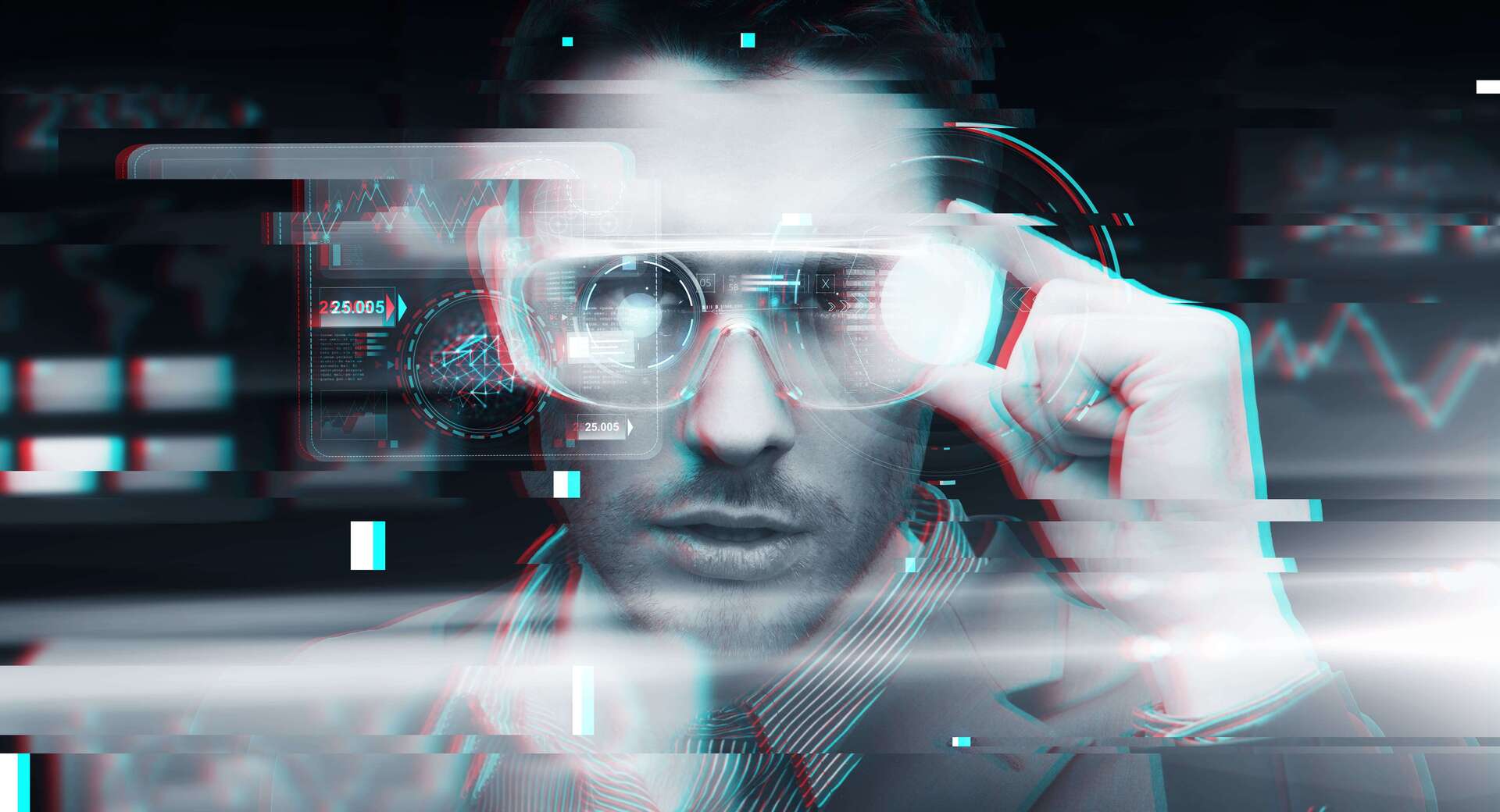
FAQ About Augmented Reality
Augmented Reality
2 years ago | gizem
Can Augmented Reality enhance social media experiences?
Yes, Augmented Reality (AR) has the potential to enhance social media experiences by adding interactive and immersive elements to user interactions. Here's how AR can enhance social media:
- AR Filters and Effects: AR filters and effects are widely used on social media platforms like Instagram, Snapchat, and Facebook. Users can apply AR filters to their photos or videos, adding virtual elements such as masks, animations, or 3D objects to their content. These filters make social media posts more engaging, entertaining, and shareable.
- Face Filters and Lenses: AR-powered face filters and lenses allow users to transform their appearance in real-time during live video chats or when taking selfies. Users can try on virtual makeup, alter their facial features, or wear fun accessories using AR effects. These interactive face filters enhance self-expression and add a playful element to social media interactions.
- AR Stickers and Emojis: AR stickers and emojis enable users to place virtual objects or characters into their photos or videos. They can add animated stickers, emojis, or AR characters to their content, making it more visually appealing and entertaining. These AR elements encourage creativity and personalization in social media posts.
- Location-Based AR Experiences: Social media platforms can use AR to offer location-based experiences to users. By using geolocation data, AR features can provide users with AR overlays, filters, or information specific to their current location. This can include AR markers or tags placed on landmarks, events, or local businesses, enhancing the social media experience and encouraging engagement with the physical world.
- AR Live Streaming: AR can enhance live streaming experiences on social media platforms. Users can engage with live AR effects during their broadcasts, such as adding virtual backgrounds, graphics, or animations. This makes live streams more visually appealing and interactive, capturing the attention of viewers and fostering real-time engagement.
- AR Social Games and Challenges: AR can be integrated into social media platforms to create interactive games, challenges, or experiences that involve multiple users. Users can engage in AR-based challenges, collaborate in AR games, or participate in shared AR experiences, fostering social connections and increasing user engagement on social media platforms.
- Virtual Social Events and Gatherings: AR can enable virtual social events and gatherings on social media platforms. Users can join virtual spaces or rooms where they can interact with others through avatars, share virtual objects or experiences, and engage in social activities. AR can add a layer of immersion and interaction to virtual social interactions, making them feel more realistic and engaging.
